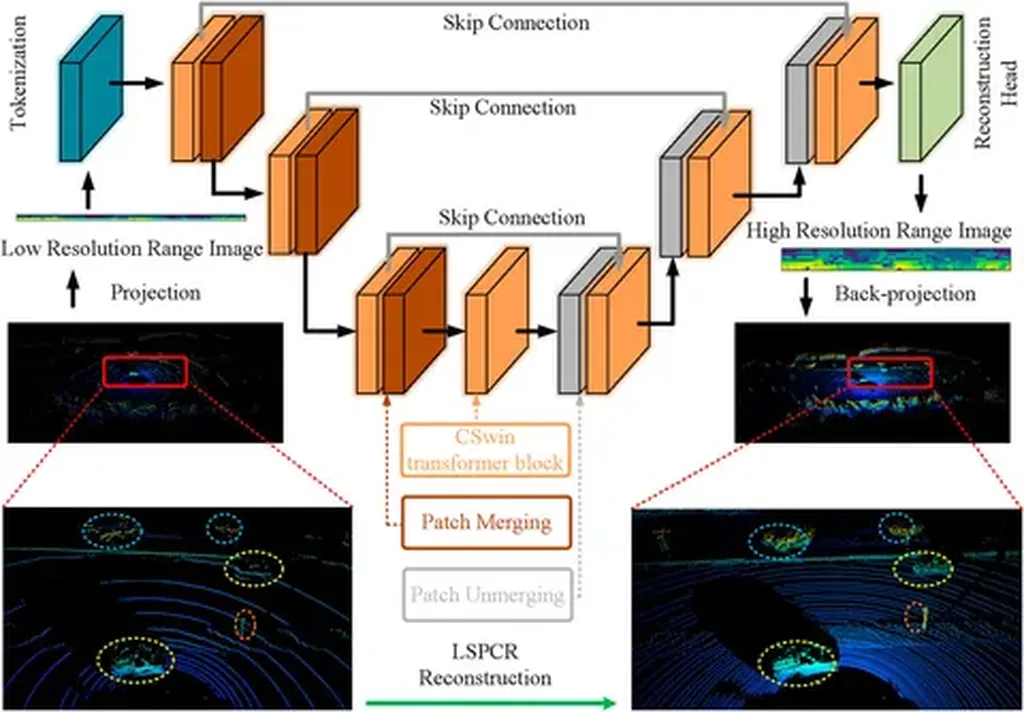In the heart of China’s Sichuan province, a groundbreaking development is unfolding that could revolutionize how we perceive and interact with large-scale environments, particularly in the energy sector. Yu Luo, a researcher from the Sichuan Expressway Construction Development Group Co., Ltd., has published a pioneering study in the journal ‘Promet’ (which translates to ‘Traffic’ in English), titled “Global 3D Point Cloud Object Detection System Based on Data-Level Stitching.” This research is poised to enhance the capabilities of global perception systems, offering more reliable and comprehensive data fusion results, which could significantly impact infrastructure and energy management.
The study addresses a critical challenge in global perception systems: the detection blind spots that occur between stations. These blind spots can lead to lost vehicles and discontinuous trajectories, posing significant problems for accurate tracking and monitoring. Luo’s research introduces an innovative solution by optimizing the point cloud detection algorithm and proposing a data-level global point cloud stitching algorithm. This approach replaces the traditional global result-level stitching method, ensuring a more seamless fusion of global trajectories.
“Our method not only enhances the perception capability of single stations but also improves the success rate of global trajectory fusion,” Luo explains. This enhancement is crucial for applications in smart tunnels and other large-scale environments where accurate detection and tracking are paramount.
The implications for the energy sector are substantial. In smart tunnels and other critical infrastructure, reliable perception systems are essential for monitoring and managing traffic, ensuring safety, and optimizing energy usage. Luo’s research provides a more robust framework for these systems, potentially leading to more efficient and safer operations.
To validate the effectiveness of their method, Luo and their team introduced the publicly available VANJEE-PointCloud dataset, collected in real-world scenarios. The experiments demonstrated that the algorithm not only enhances perception capabilities but also improves the success rate of global trajectory fusion. This validation underscores the practical applicability of the research, making it a valuable asset for industries relying on precise detection and tracking technologies.
As the world moves towards smarter and more interconnected infrastructure, Luo’s research offers a glimpse into the future of global perception systems. By addressing the challenges of detection blind spots and enhancing data fusion, this study paves the way for more reliable and comprehensive monitoring solutions. The publication of this research in ‘Promet’ further solidifies its relevance and potential impact on the field.
In the broader context, Luo’s work highlights the importance of continuous innovation in perception technologies. As industries strive for greater efficiency and safety, the need for advanced detection and tracking systems becomes increasingly apparent. Luo’s research not only meets this need but also sets a new standard for future developments in the field.
For professionals in the energy sector and beyond, this research represents a significant step forward. By offering a more reliable and comprehensive perception fusion result, Luo’s work has the potential to shape the future of infrastructure management, ensuring safer and more efficient operations in an increasingly complex world.

